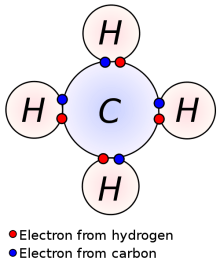Scientists Crack Methane’s Bonds, Make it More Reactive

This was the case until Pedro Perez at Spain’s University of Huelva presented his team’s research, which made methane react without acid and at a mere 40º C. Perez’s approached mixed the methane with super-critical carbon dioxide. In the super-critical form, the CO2 is neither gas nor liqud, and mixed will with the other chemicals in the reaction. With the addition of a silver-based catalyst the reaction proceeded and was successful.
Perez’s work hods a two-fold benefit. First, using methane in reactions could lead to the improved manufacture of any carbon-based substance, like drugs and plastics. It also could better use existing methane, which is a greenhouse gas often claimed to be more dangerous than CO2. Using Perez’s process, methane could be remade and do more good than it would floating around in the atmosphere.
(via New Scientist)
Have a tip we should know? tips@themarysue.com